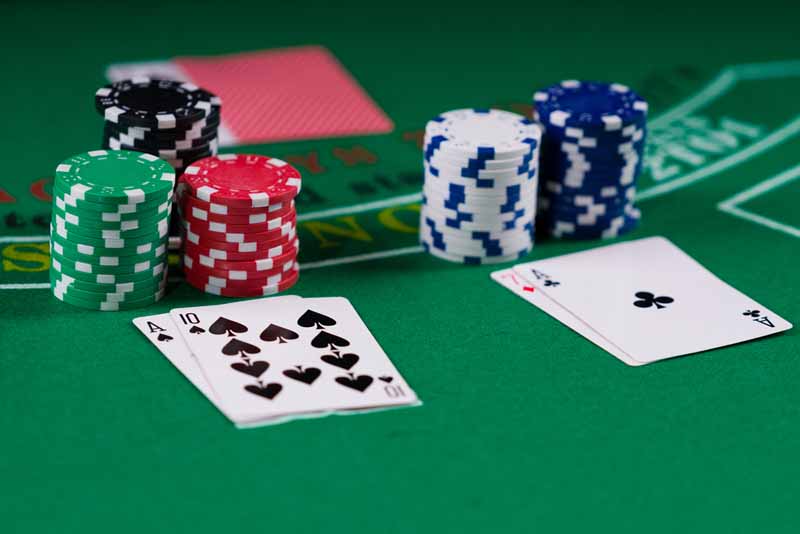The game of blackjack is a classic game of cards wherein the objective of the player is to beat the dealer. The dealer’s play is purely mechanical and rather direct. He draws a card if his hand has a total of 16 or under, and stands when he holds a total of 17 or more cards. However, among all blackjack tables in the casino, there is a dealer rule that varies from one to another. The dealer rule is called the soft 17 in blackjack wherein any hand in the game contains an ace, which is counted as an 11. For instance, holding an ace-6, ace-3-3, or 2-2-ace-2 are all a soft 17. Every casino has the decision to permit their dealers whether to hit a soft 17 (h17) or stand a soft 17 (s17), and let the players be aware of it by placing a sign on the table.
Soft 17 in Blackjack
Some people would consider the soft 17 rule as insignificant in the game. However, it can be quite favorable to players provided they know how to play their hand. When casinos alter the rule from s17 to h17, the players are most likely to be affected with this kind of disadvantage. The rule of h17 increases the house advantage by 0.2 percent, which is about two cents for every 10 bucks wagered by the player.
When the dealer hits a soft 17, he will bust 0.3 percent more compared to s17. When the dealer does not decide to bust, he will end up with a total value greater than 17. This will definitely beat all the players in the game. The latter more than makes up for the increased bust frequency, and thus, the house advantage increases by 0.2 percent.
The soft 17 rule is highly effective on double-, six- and eight-deck games. It is effective provided you know and understand the certain strategy you should apply when the dealer hits a soft 17 rather than stand.

Double-Deck Game
A number of casinos have h17 on their double-deck games, some have s17. When the rules allow you to double down after splitting a pair (DAS), the second option is most likely better than the other and you will get a payout of 3:2. A h17/DAS game has a house advantage of 0.40 percent, meanwhile a s17/DAS is 0.19 percent.
You need to consider utilizing these strategy changes when you decide to play a double-deck h17/DAS game:
- When the dealer has an ace, double down on 11 (instead of hitting).
- If the dealer has a 2, double down soft 18 (instead of hitting).
- When the dealer has a 6, double down soft 19 (instead of standing).
Six-and Eight-Deck Game
Six- and eight-deck games are more complex to play than a single- or double-deck game. However, when there are no other options other than playing the six-deck games, the best rules to apply are s17, DAS, and RSA (house edge 0.34 percent). The same strategy changes for double-deck h17 are applied to the game with h17 if the casino offers the same game. (Ditto for the eight-deck game).
A late surrender rule is offered by some casinos in their six- and eight-deck games. This rule can be considered as an advantage to players provided they know the correct strategy. In some cases, the rules have specifications in h17 or s17 resulting in different outcomes.
A s17 game requires you to surrender a hard 15 against 10 and a hard 16 against 9, 10 and ace. However, if the rules have specified h17, you are expected to surrender the same hands along with a hard 15, 17, and a pair of 8s against a dealer’s ace. Multi-deck games, however, have adopted h17 games. If players decided to play s17 games rather than h17 games, there is a high possibility that casino managers would shift to h17 games.

